Cereal Rye
Information
Secale cereale - Poaceae Family
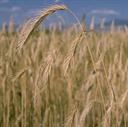
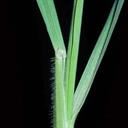
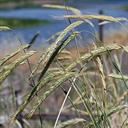
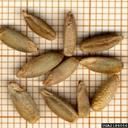
Identification
- Flowers: Flower is a slender 4 to 6 inch-long spike, with a somewhat nodding appearance and short tufts. Each spike contains three small flowers.
- Seeds: Seeds are small, tan, and oblong in shape. They can remain viable in the soil for up to 4 years.
- Leaves: Leaf blades are flat, 1/16 to 3/8 inch wide and rough with open sheaths. Leaves are covered with short hairs and have prominent veins above and a midrib below.
- Flowering Time: Flowering occurs from April to June.
- Life cycle: A winter annual. It is regularly planted from fall, through winter, and into early spring. It is an annual but is self-sterile, requiring cross pollination to reproduce.
Impacts
- Cereal Rye can produce an allelopathic compound in its roots that inhibits the growth of surrounding plants.
- It can rapidly take over winter wheat fields and greatly reduce crop value.
- Cereal Rye can quickly grow and overtake an area of waste or bare ground. Cereal Rye is used as cover crop by wheat and corn growers across the country during the winter months where it greatly reduces other weed and pest populations in the area.
Control
Most effective control methods
- Mechanical control such as tilling, mowing, and cutting can be effective methods of control for Cereal Rye if done just before the plant matures and sets seed in May.
- There are currently no biocontrol agents approved to combat Cereal Rye in the US.
- The most effective method currently available to control Cereal Rye is through the use of nonselective herbicides such as products containing glyphosate (Roundup®, etc.). Best results are obtained through 2 herbicide applications annually, one fall and one spring.
Large Images
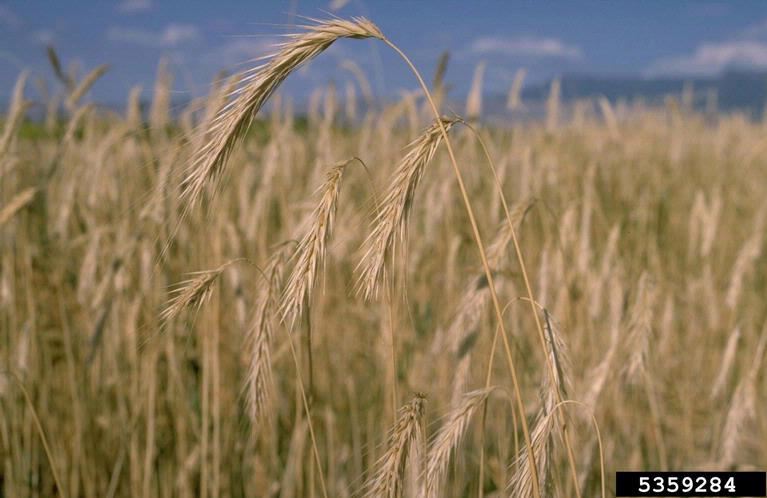
Heads of cereal rye plants
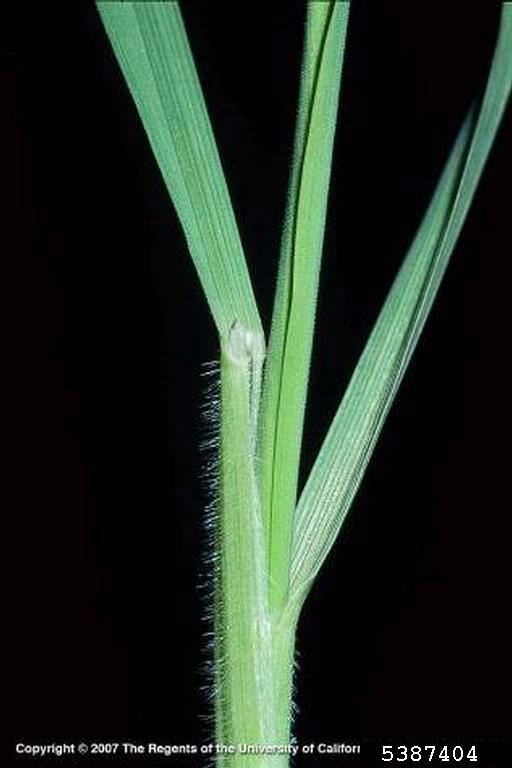
Cereal rye: stem with collar and sheath
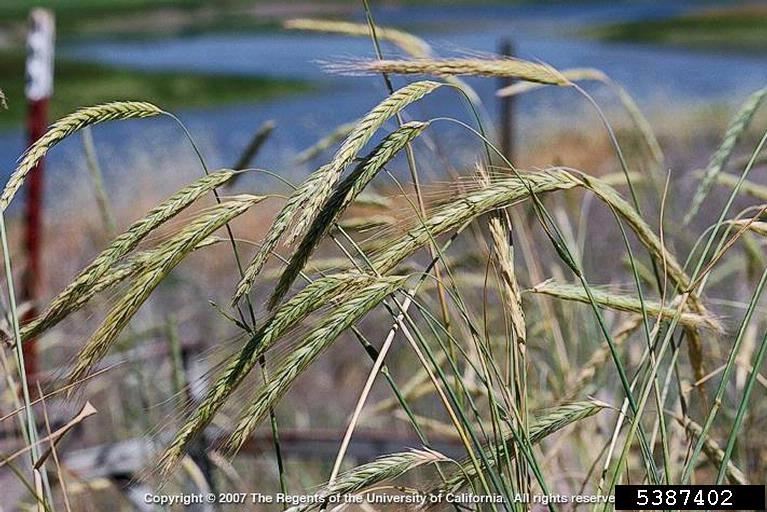
Cereal rye: flowers
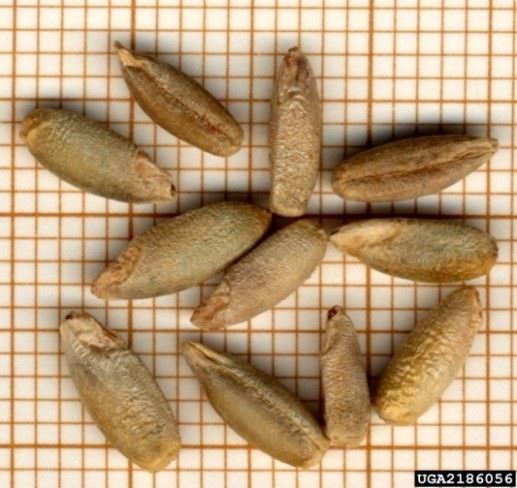
Cereal rye: seeds
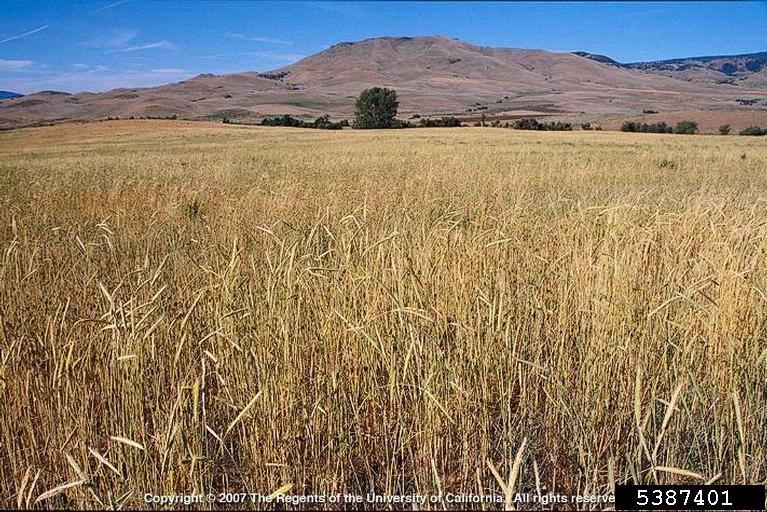
Cereal rye: infestation
Resources
-
References
DiTomaso, J.M., G.B. Kyser et al. (2013). Weed Control in Natural Areas in the Western United States [PDF file]. Weed Research and Information Center, University of California. Retrieved from https://wric.ucdavis.edu/information/natural-areas/wr_S/Secale.pdf View PDF
Invasive Species Compendium. (2017, November 28). Secale cereale (rye). Retrieved from https://www.cabi.org/isc/datasheet/49471
Lyon, D. (2016, March). Feral rye (Secale cereale). Retrieved from https://wiki.bugwood.org/HPIPM:Feral_rye
Natural Resources Conservation Service. (2016, January). Allelopathy and cover crops [PDF file]. Retrieved from https://www.nrcs.usda.gov/Internet/FSE_PLANTMATERIALS/publications/mopmstn2825.pdf View PDF
Roerig, K. & Ransom, C. (2016, December 1). Expansion of feral cereal rye (Secale cereal L.) on non-crop hillsides in northern Utah. Retrieved from http://www.bioone.org/doi/abs/10.1017/inp.2016.3




